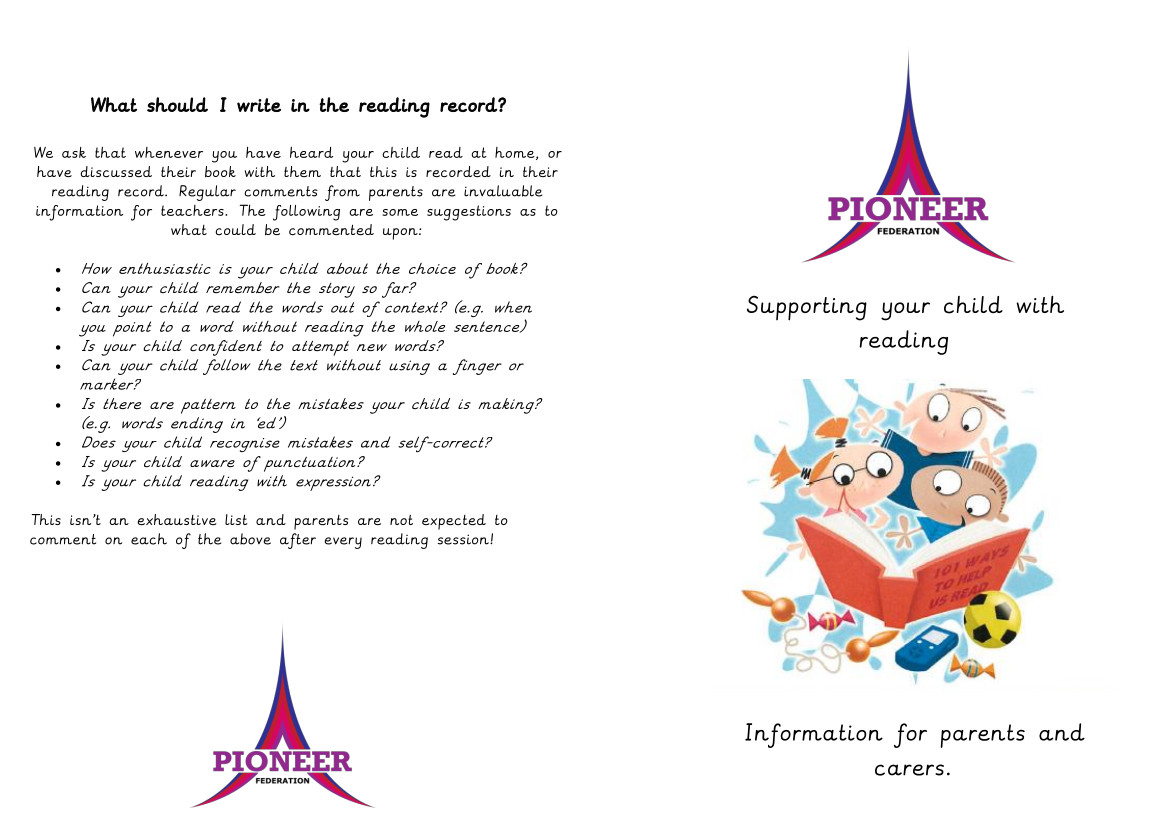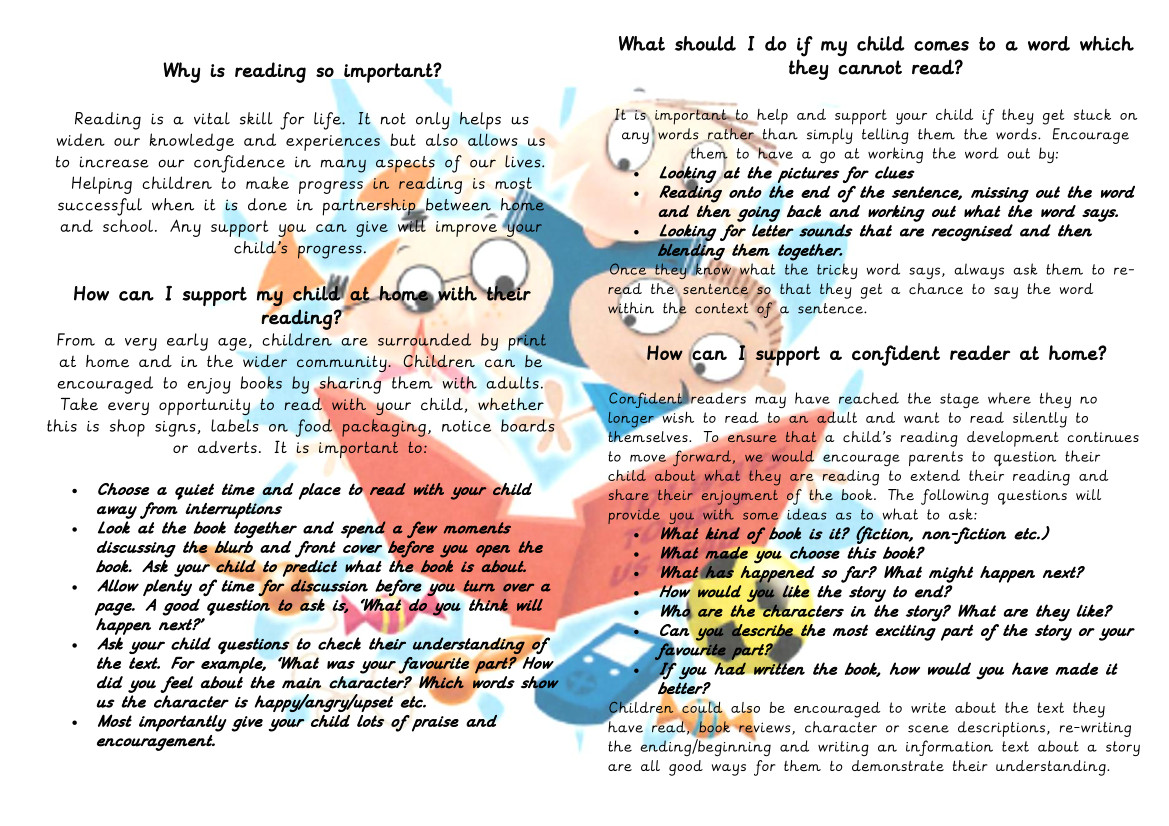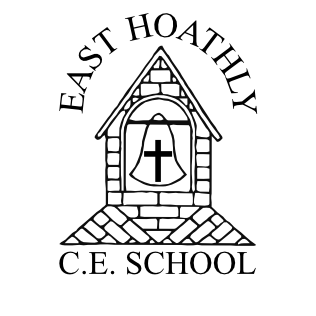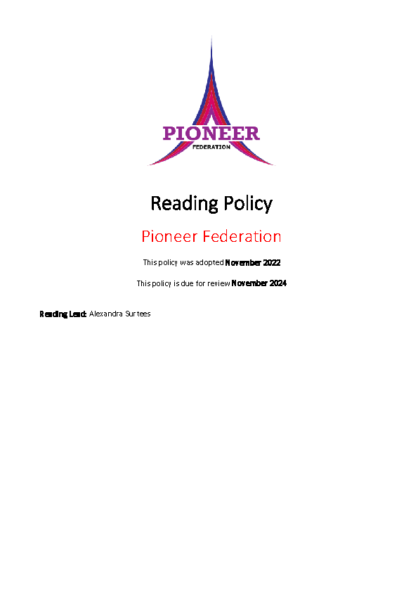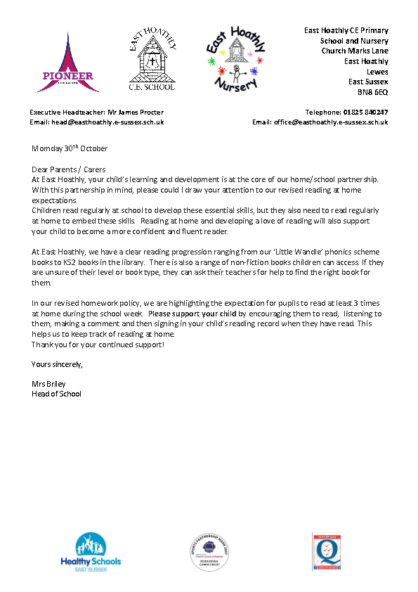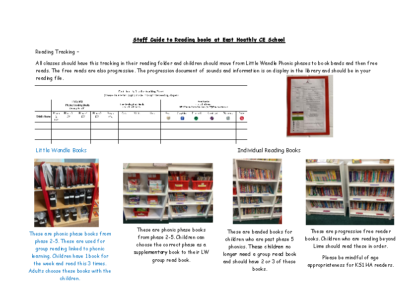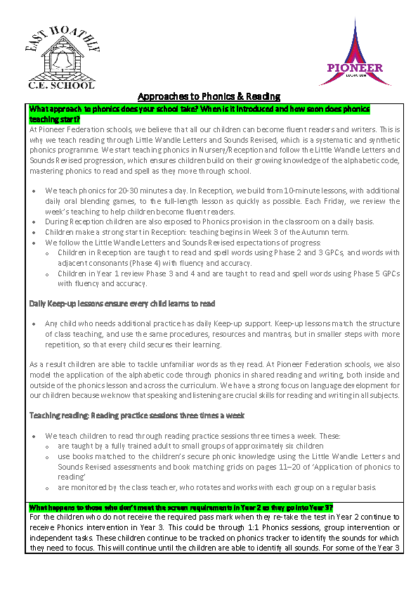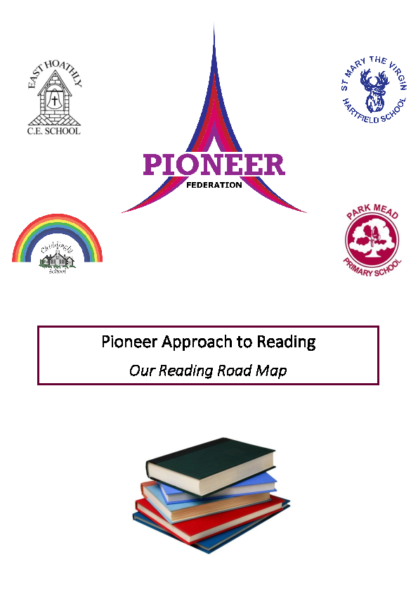At East Hoathly we have a progressive reading scheme from Reception to Year 6. Our reading scheme moves through the phonic phases using the Little Wandle systematic approach and then into books that develop fluency and other reading skills.
Progression
- Pupils start reading books that match their phonic phases in Reception, these books move from Phase 2 to Phase 5 and link directly with the daily phonics teaching. Children take home a weekly phonics book and a supplementary book that matches the phonic sounds they are working on.
- When children are confident with all phase 5 sounds and words they move onto coloured reading band books. These are Purple, White, Gold and Lime books. Children reading these books are consolidating their fluency and reading skills. Children can take home multiple books for the week.
- When children are confident with these reading skills they move into our ‘free reader’ section. These are progressive longer/chapter like books and are grouped into ‘Gems’ moving from Pearl all the way to Ruby. Children can choose any book in the gem band they are in and read these books until they have finished.
You can find out further information about the Little Wandle Phonics Scheme on our Federation Phonics Page here: Phonics – The Pioneer Federation
Reading Strategies
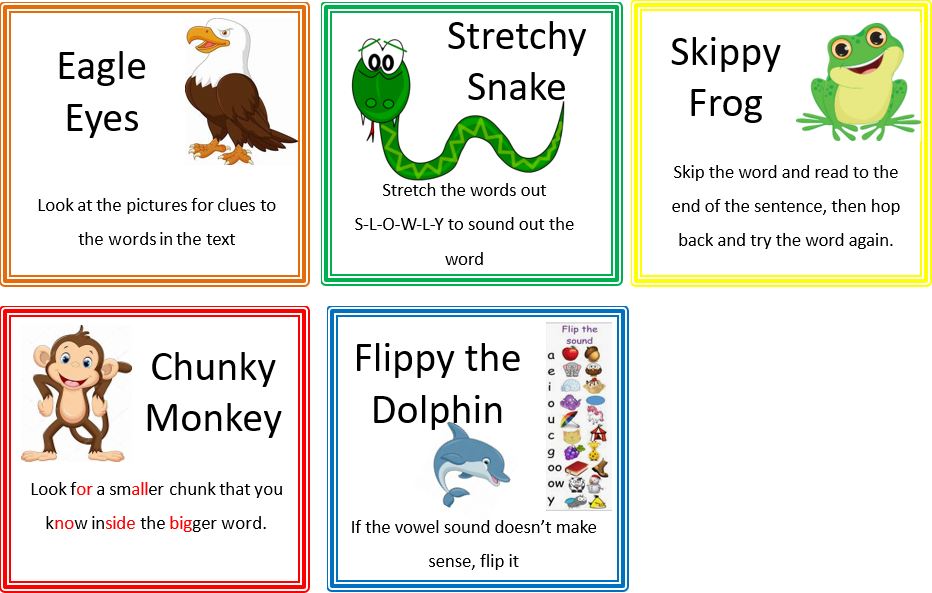
When reading children are developing their understanding of what has been read, they are using and embedding their knowledge of punctuation.
Through inference and discussions children will be furthering their understanding of settings, characters and events.
When children are fluent readers we move to VIPERS.
We Love Reading!
It is our aim to ensure that each pupil is able to develop as an effective reader by:
- Becoming confident, independent readers who understand that books of all kinds are a source of pleasure, information and new insights.
- Feeling at home in the world of books and literature as attentive listeners and reflective readers.
- Reading and responding to a wide variety of stories, novels, poems, plays, nonfiction and media texts.
We also aim for children to:
- Achieve a reading ability at least comparable with their chronological age.
- Achieving fluency, accuracy and understanding with their reading.
- Enjoy, and have experience of, a wide variety of texts, including those of their own and other cultures.
